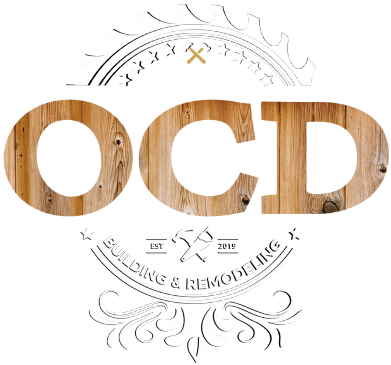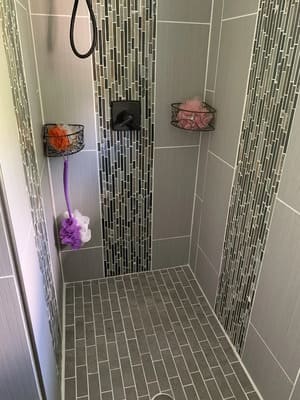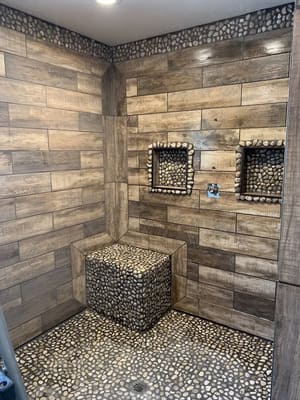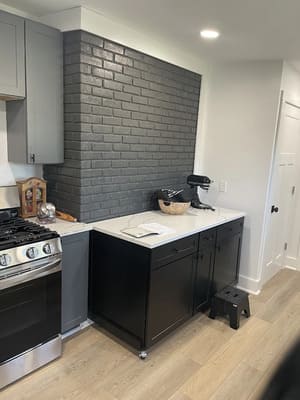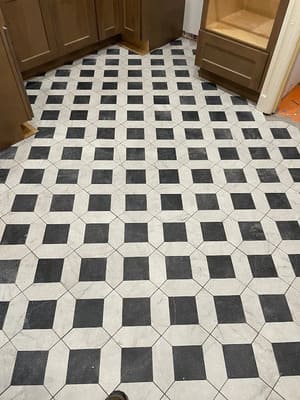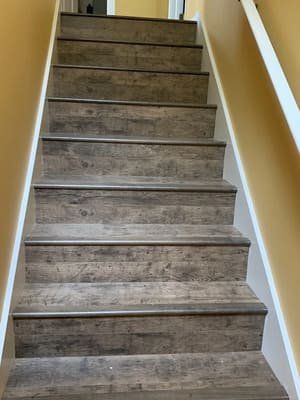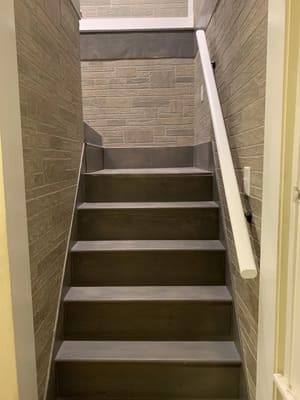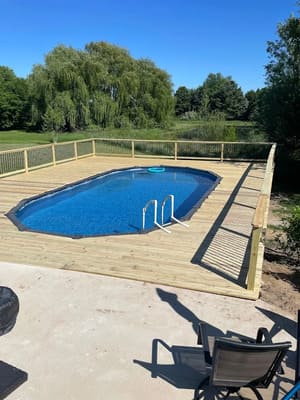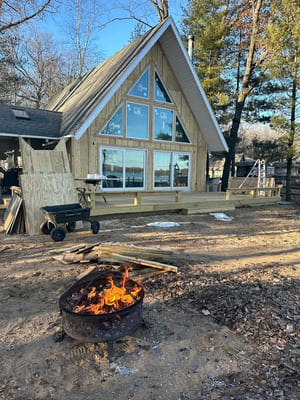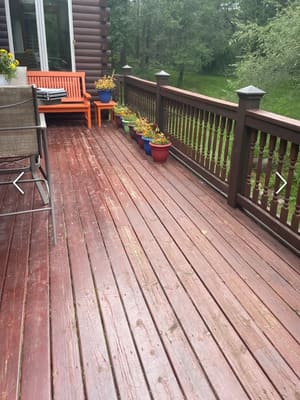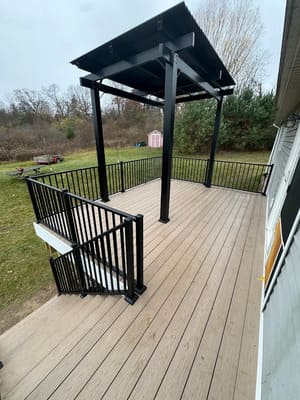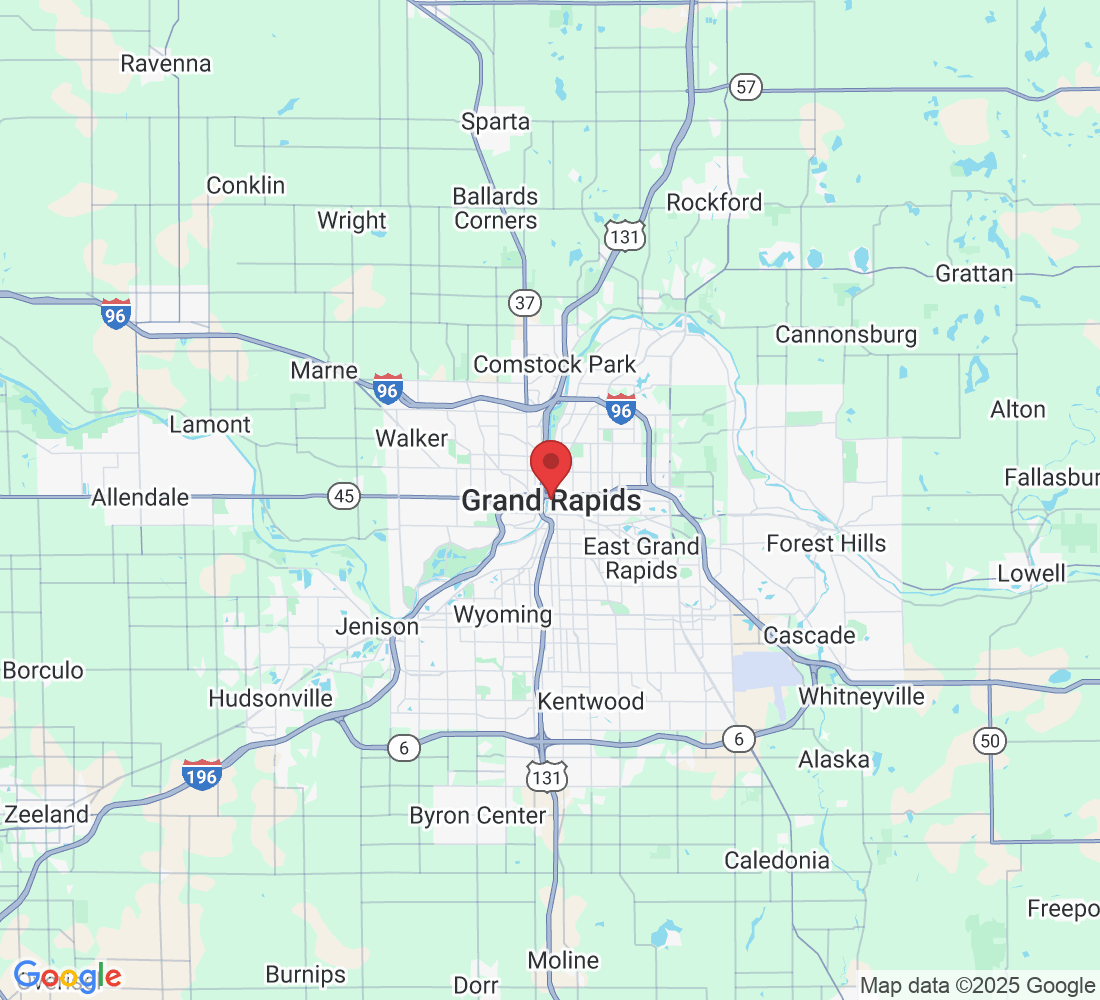about us
Founded by a team passionate about bringing precision to every project, OCD Building & Remodeling Inc. specializes in transforming Michigan homes with top-tier deck building and bathroom remodeling services. With a keen eye for detail and a commitment to delivering projects on time, we turn your home renovation dreams into reality. Our reputation for creating sturdy, aesthetically pleasing decks and turning outdated bathrooms into modern sanctuaries is why Michigan homeowners trust us. Let us make your living space a testament to quality and comfort.
